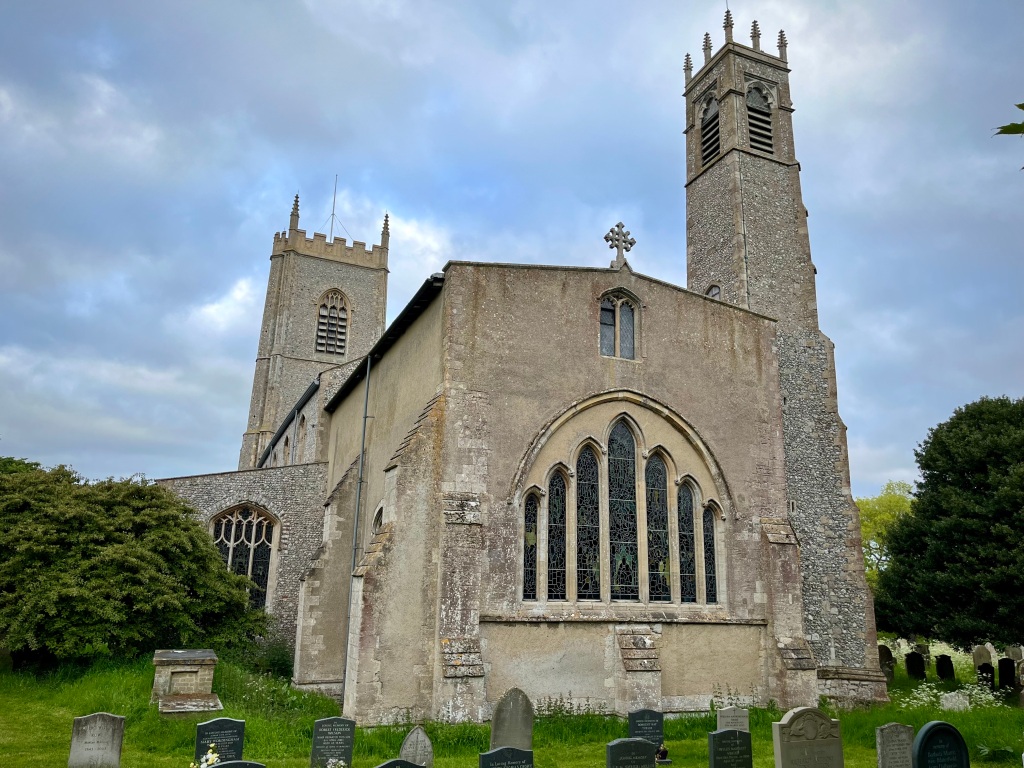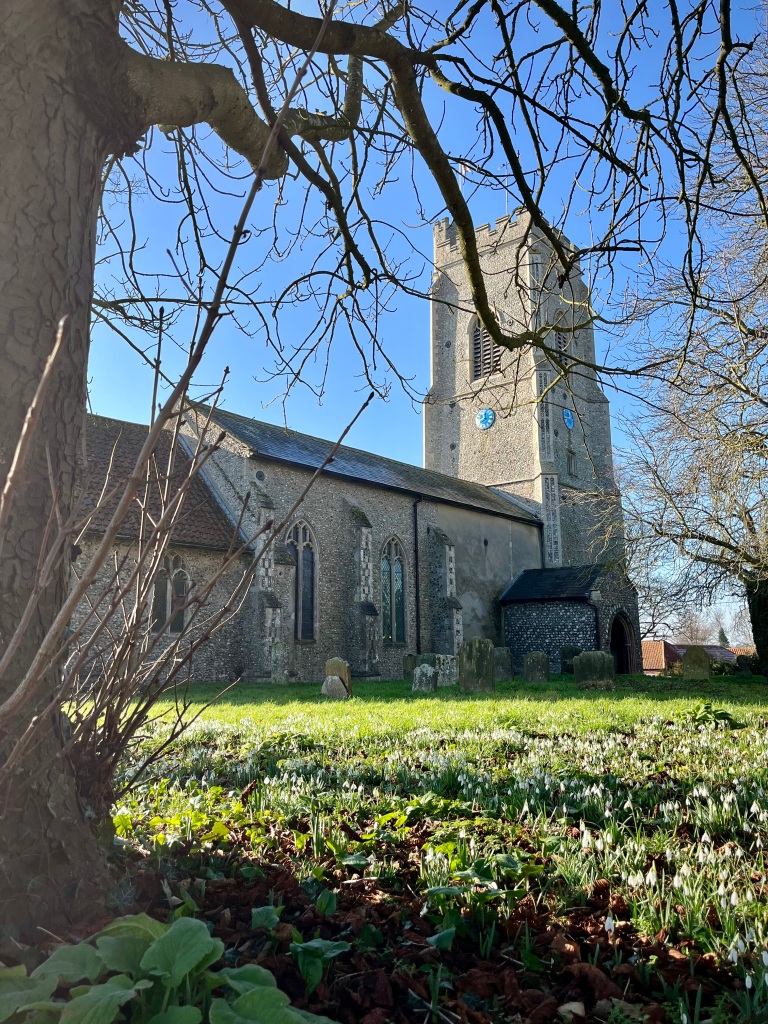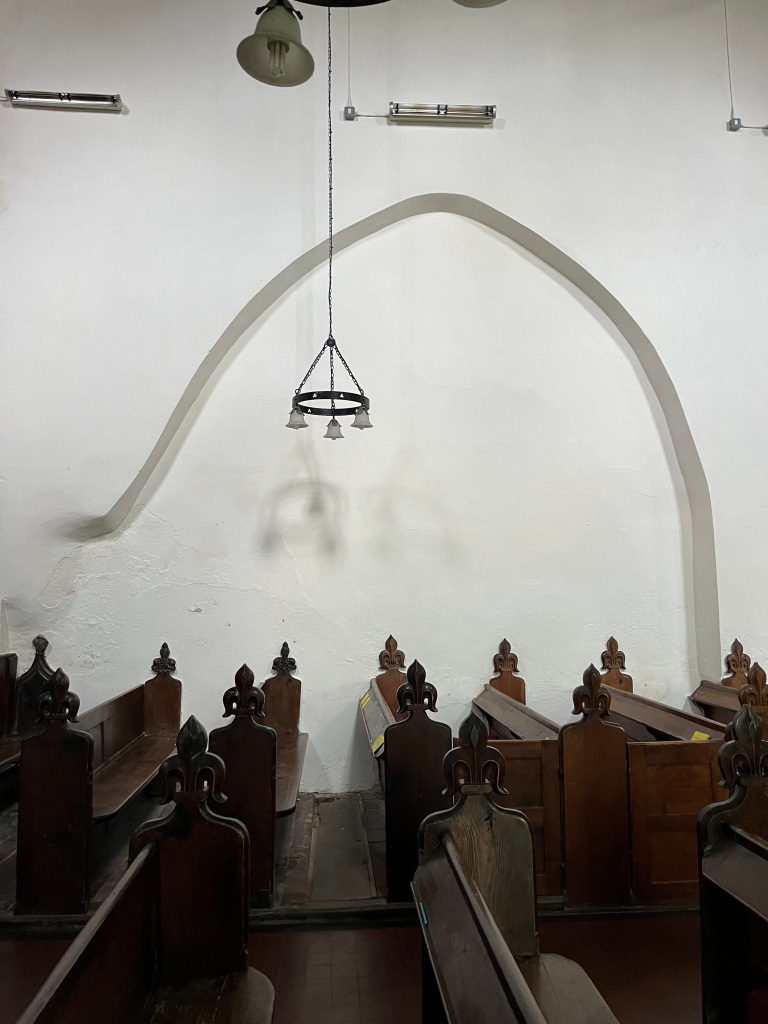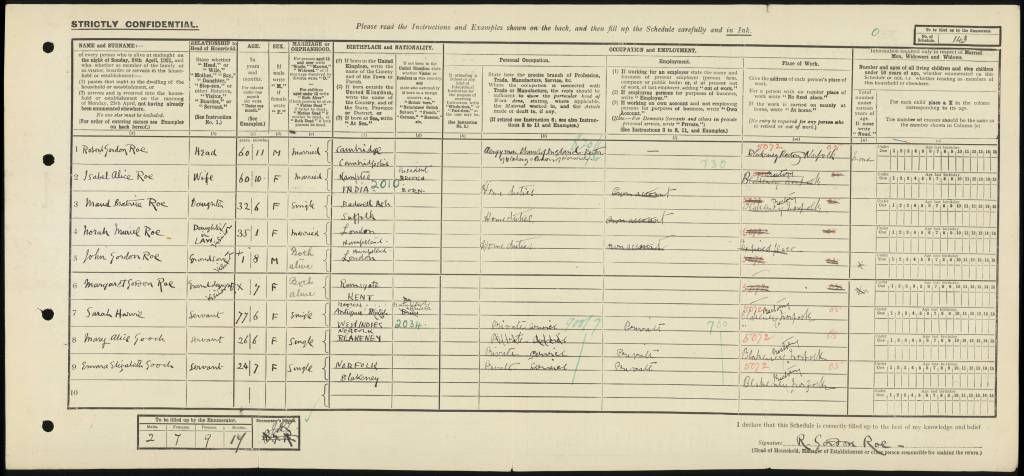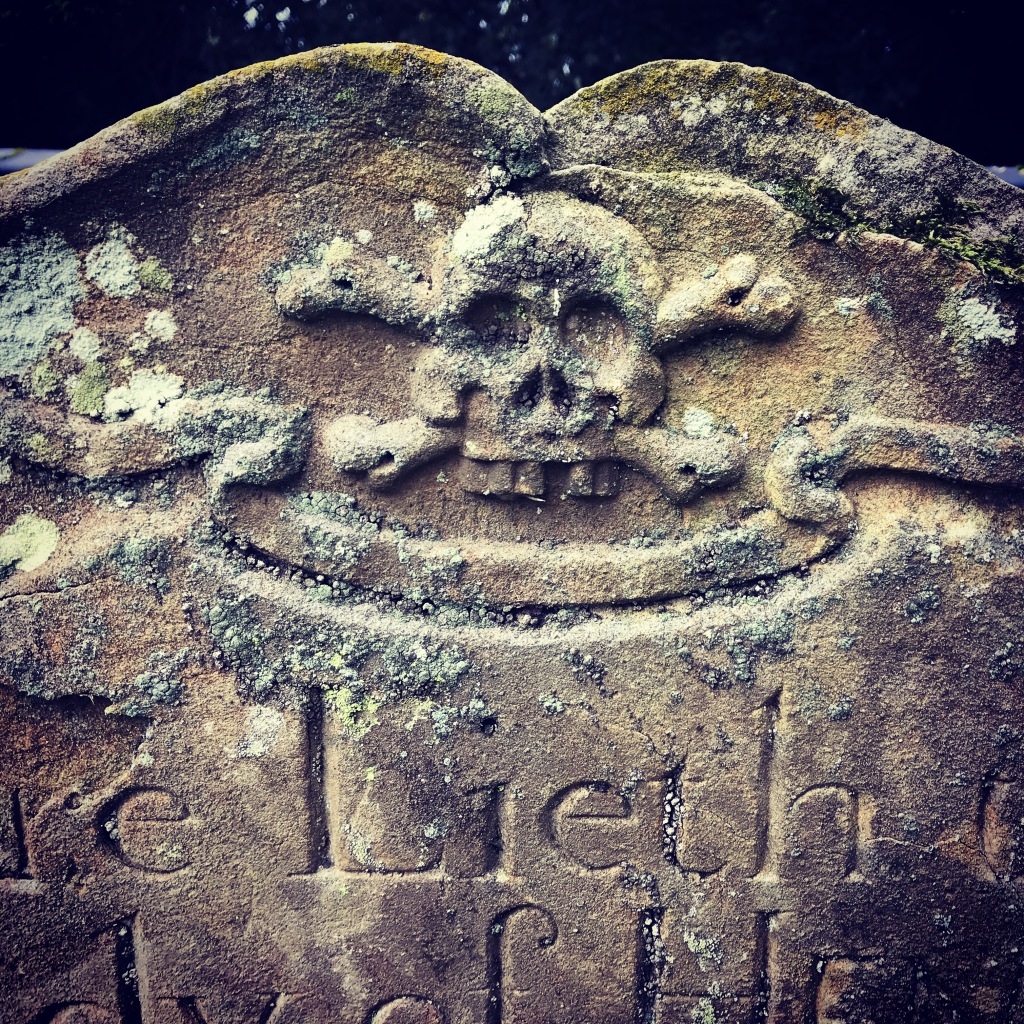Naming names: in search of Martha Moore
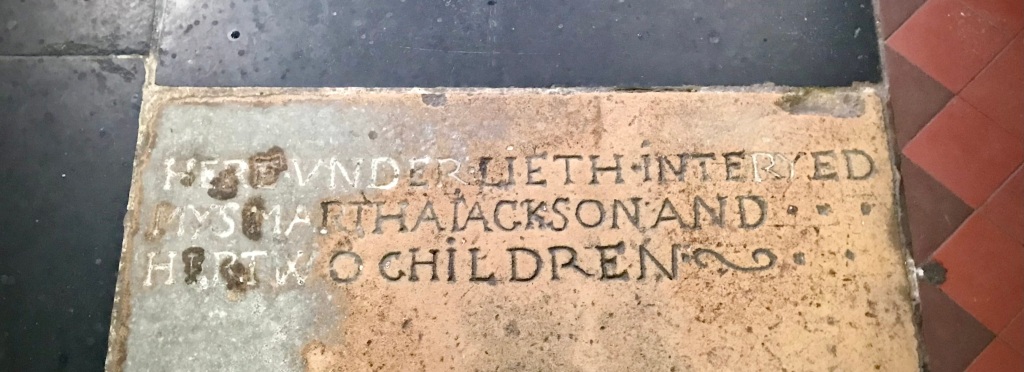
This is not a ghost story, at least not in any normal sense of that term. Nor is it much of a history. It answers no important questions. Nor does it make a satisfying progress from A to C, stopping smartly upon arrival, with B folded neatly into the middle.
Instead, what follows is an attempt to know something about a woman who bore the name Martha Moore. She was born in 1603 and died in 1669. She lived in various places, including but not limited to Norfolk.
I can tell you now that her story is not a remarkable one. She interests me, for various reasons, but I know for a fact that others find this sort of thing infinitely tedious. They may well be correct.
A few years ago, I wrote a story in which someone very like her plays a central role, which you can read here.
Yet because Martha Moore interests me, I have continued, ever since, to find out all I could about her — and, having done so, it seemed wrong simply to close away my notes, such as they were, forever. To quote (as I’m well aware that I do far too often) a favourite passage from an essay by one of Martha Moore’s near-contemporaries, Sir Thomas Browne, in his Hydriotaphia: Urn-Burial; or, a Discourse of the Sepulchral Urns Lately Found in Norfolk,
We were hinted by the occasion, not catched the opportunity to write of old things, or intrude upon the antiquary. We are coldly drawn unto discourses of antiquities, who have scarce time before us to comprehend new things, or make out learned novelties. But seeing they arose, as they lay almost in silence among us, at least in short account suddenly passed over, we were very unwilling they should die again, and be buried twice among us.
This is exactly what I feel about the various scattered fragments I’ve gathered together while looking for Martha Moore.
Here, then, for what it’s worth, is an attempt to piece together her story.
* * *
Let us consider the parish church of Wiggenhall St Germans, a little village four miles south of the port of King’s Lynn.
Wiggenhall St Germans is in Norfolk, but it straddles the Great Ouse, a large and at that point strongly tidal river. West of the Great Ouse are the parishes of Freebridge Marshland. The “free bridge” stood, and stands, in Wiggenhall St Germans — unlike the ferry service that also conveyed people across the river from at least the 13th century onward, there was, at least at an early point, no charge for it.
Marshland, in turn, was previously a vast, flat, mysterious realm of what might were they not saline, casually be termed fens. Reclaimed by drainage projects in the 17th century, the area is now composed mostly of arable farms and nondescript hamlets.
Until the 1950s, Marshland flooded frequently and catastrophically. Perhaps it will again.
The parish church of Wiggenhall St Germans, with its graceful little tower and decayed brick porch, perches just east of the river bank, a good eight feet or so below the normal high tide mark of the river.
Although located in Norfolk, it’s part of the diocese of Ely. As with most Church of England churches in the area, it’s the community’s deep memory expressed in physical form: a pleasingly unconsidered jumble of absolutely first-rate late medieval bench ends, stairs winding up towards a rood loft that hasn’t existed for almost half a millennium, raunchy mass-market paperbacks sold four-for-£1 in aid of the church fabric, and a light-soaked chapel where veneration of St Thomas of Canterbury has now given way to a pragmatic little galley kitchen suitable for sustaining long meetings on the part of the PCC. This is a village that used to be extremely prosperous and rather self-important, but that is now peripheral, friendly and, often, apparently slightly sleepy. I don’t get the sense that anyone minds this very much.
We will pass by the book stall, the table carefully stocked with informative leaflets, those bench ends with their entirely recognisable depictions of the Seven Deadly Sins enacted in the gaping mouths of large fish, and — as the PCC meeting commences in the chapel next door — make our way into the relative dark of the chancel.
Read the rest of this entry »


